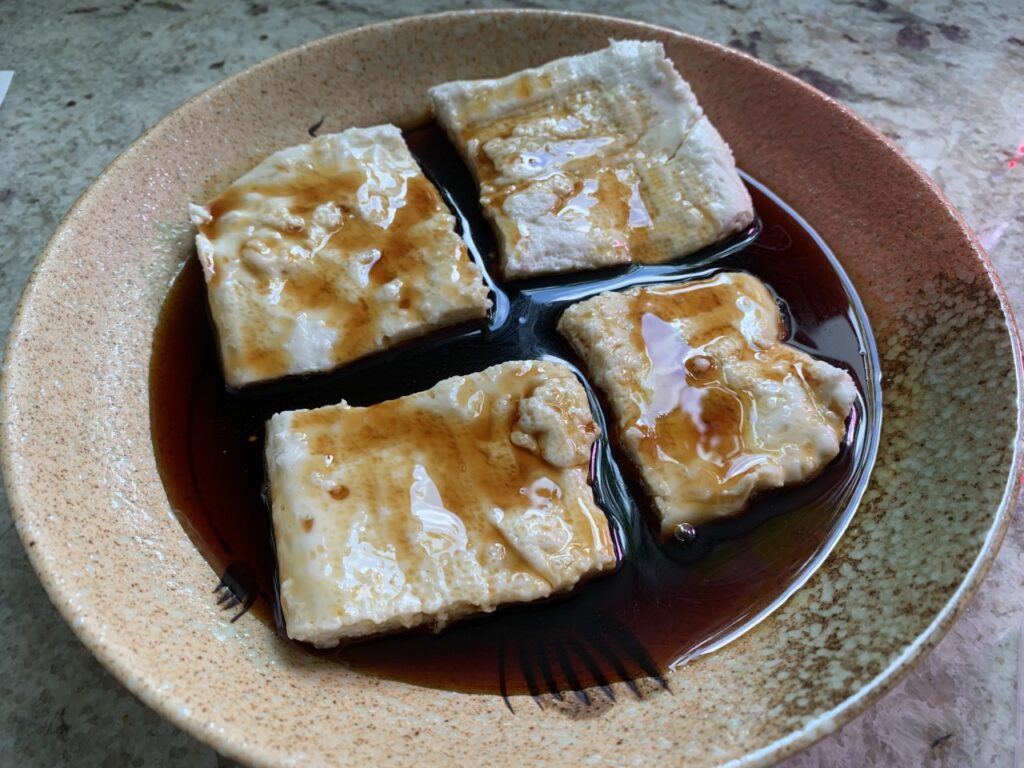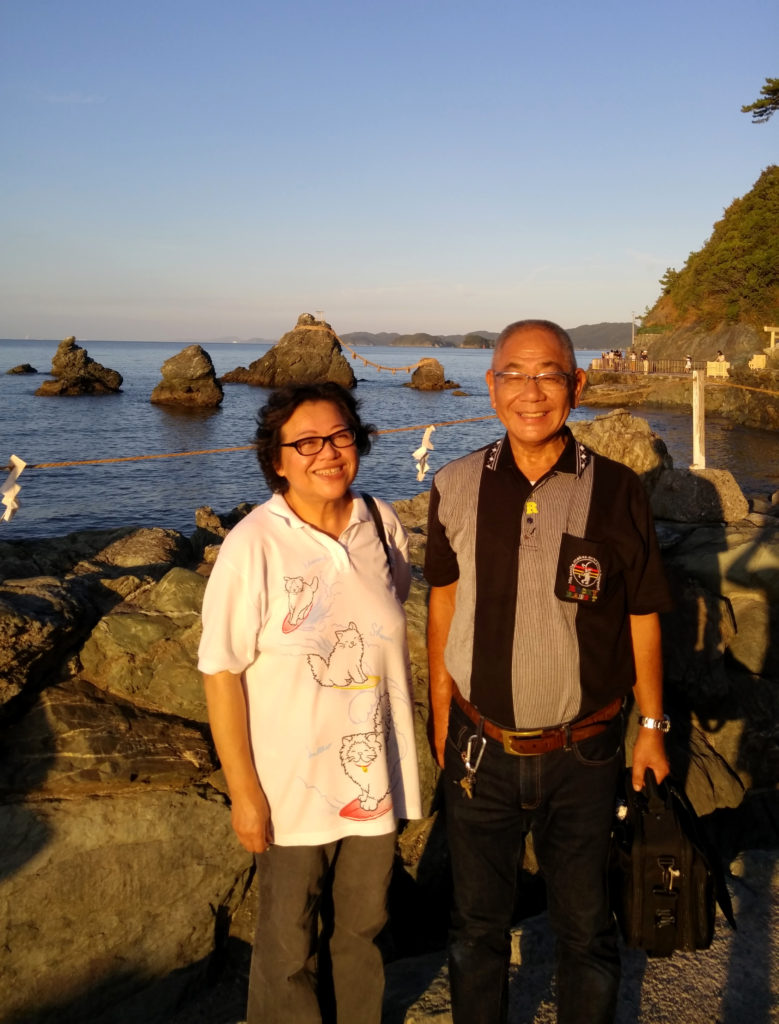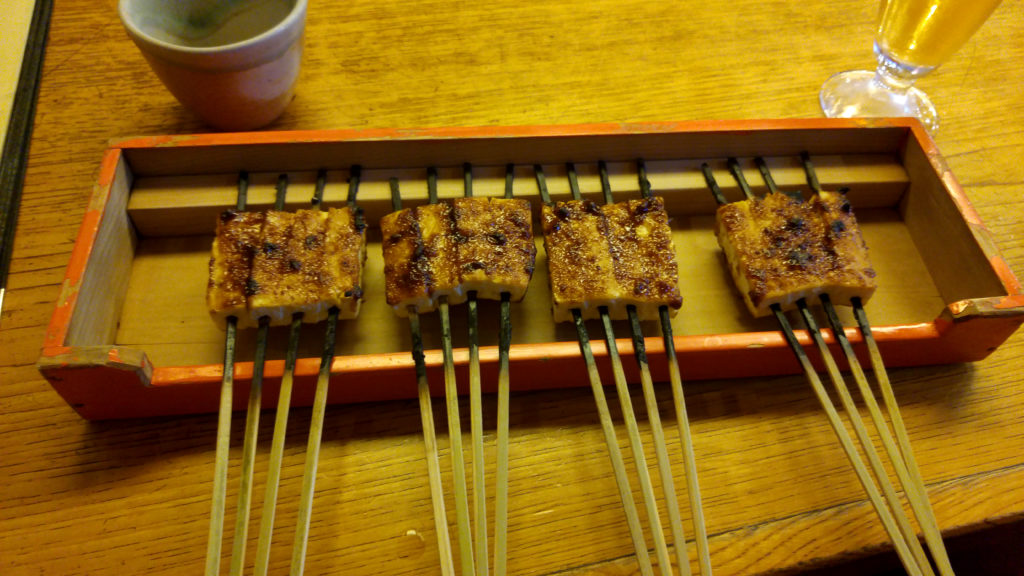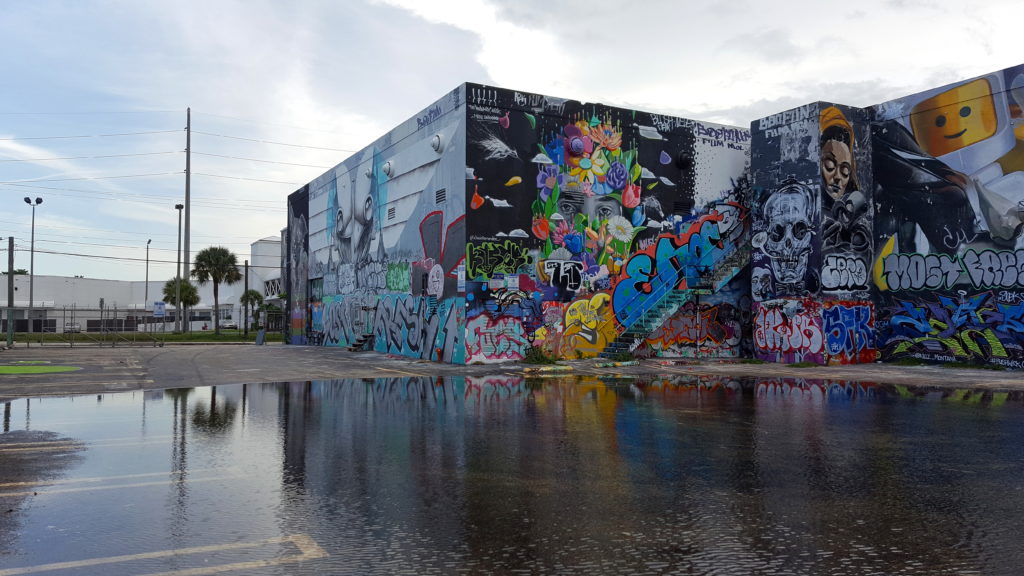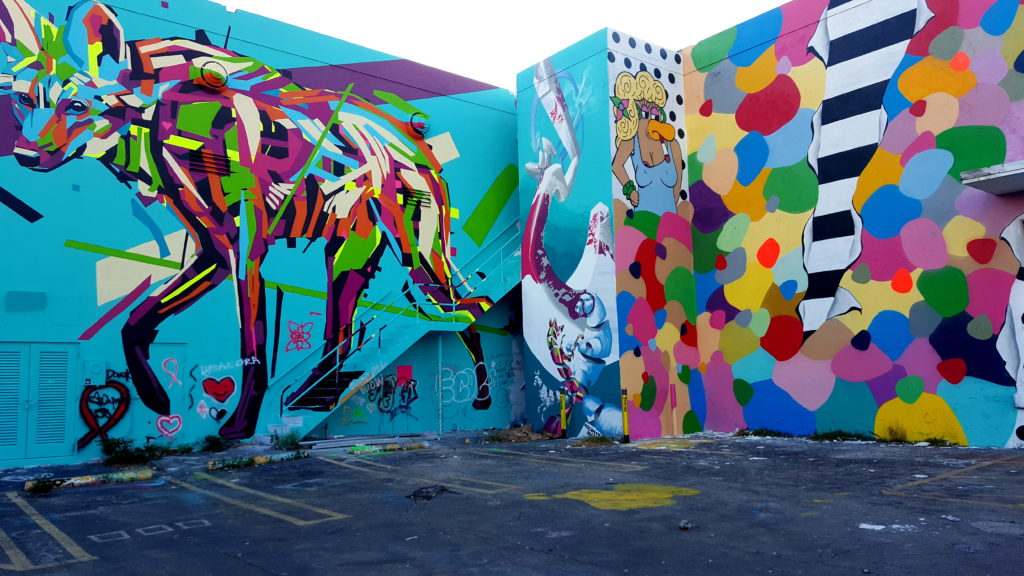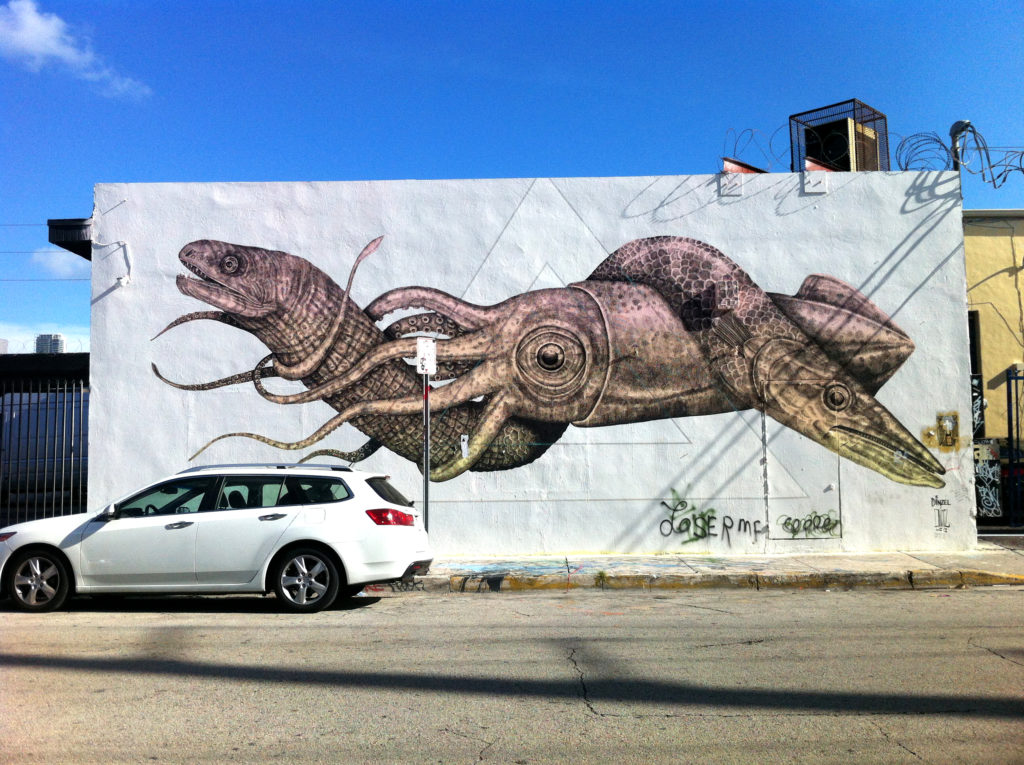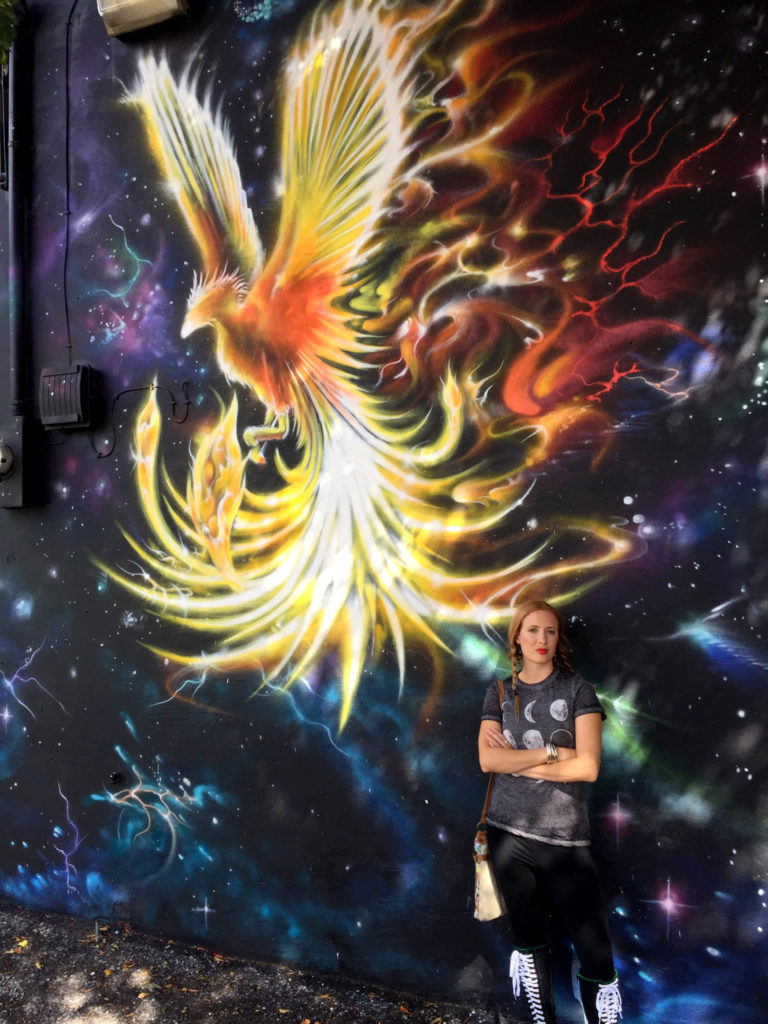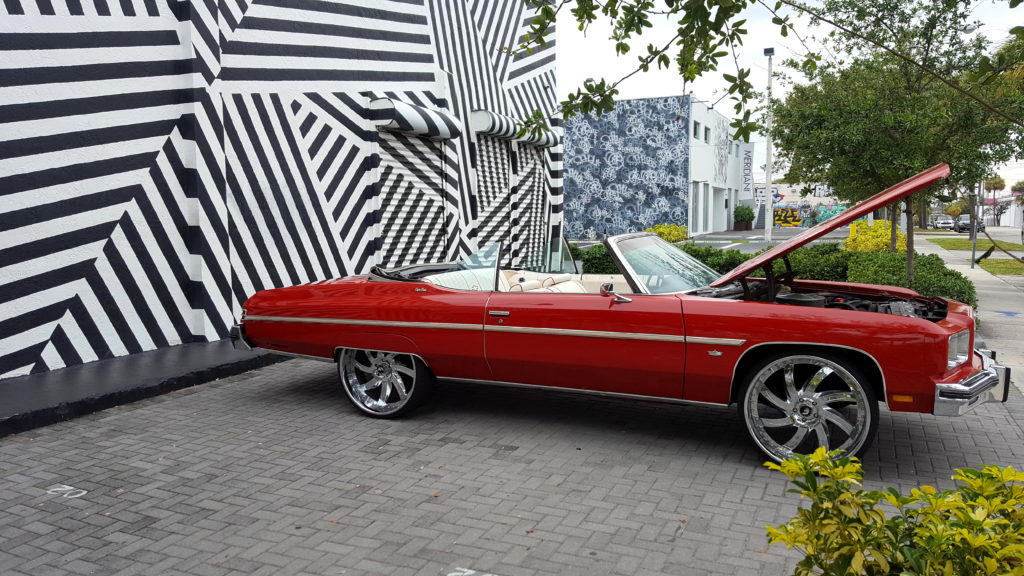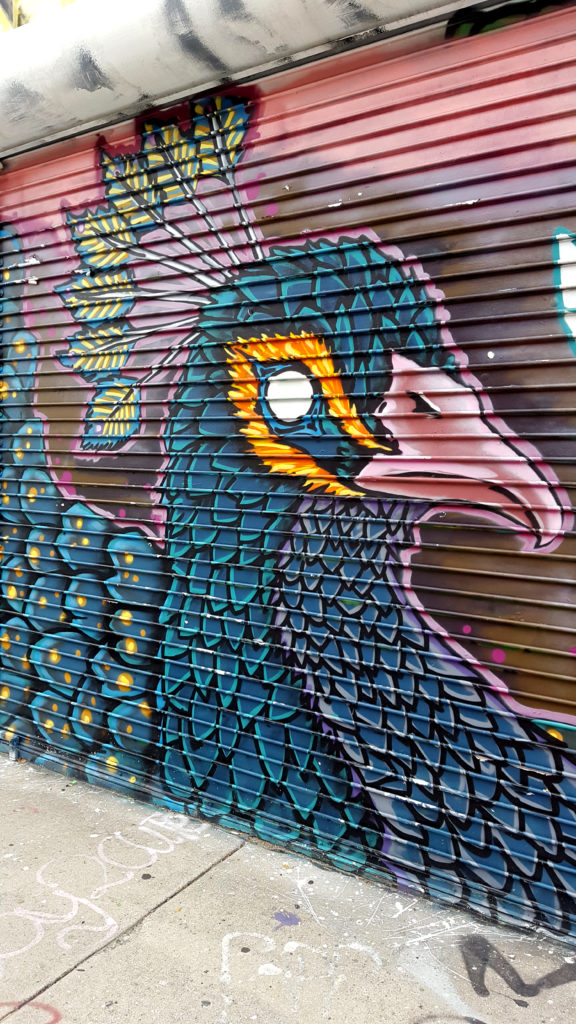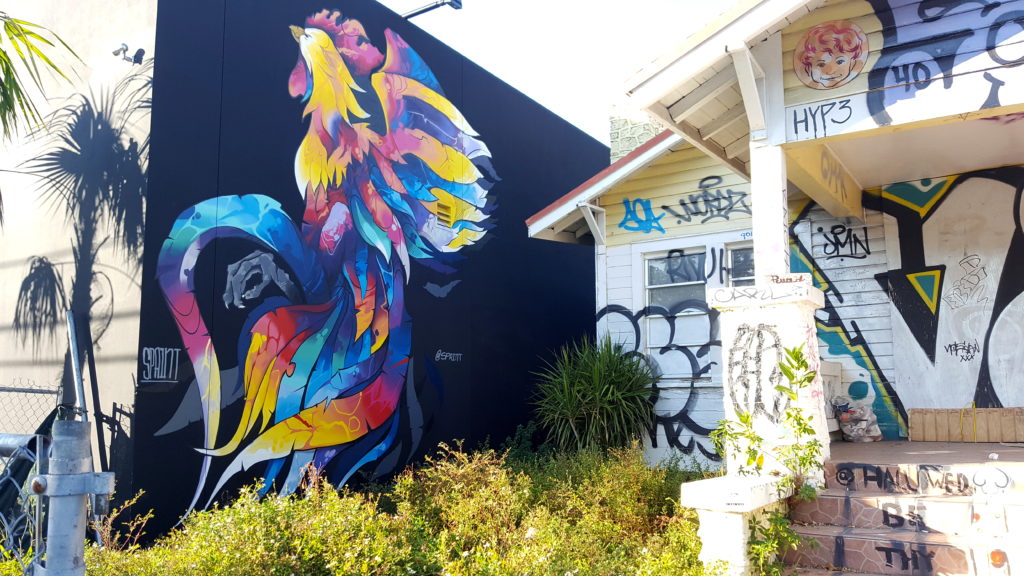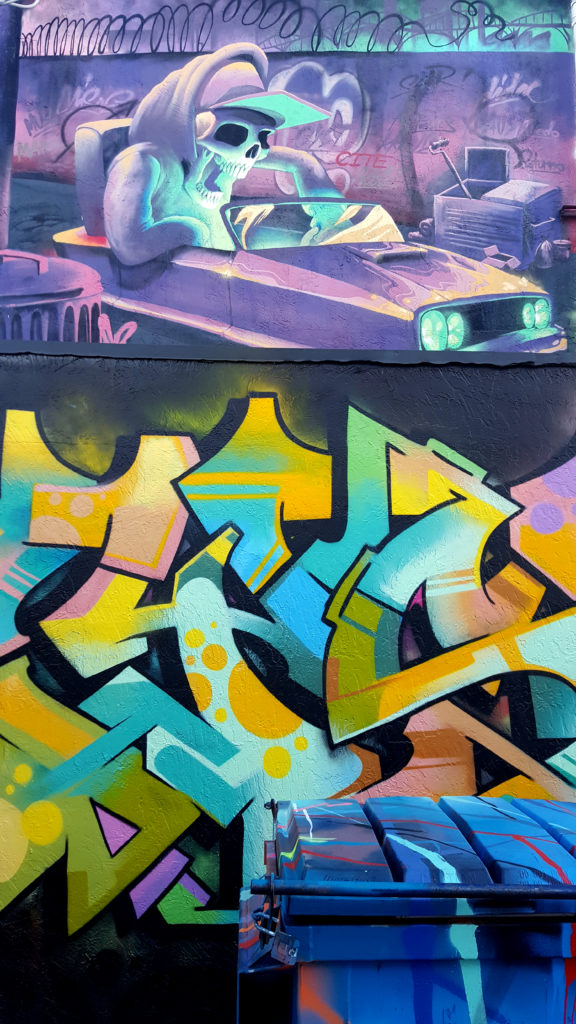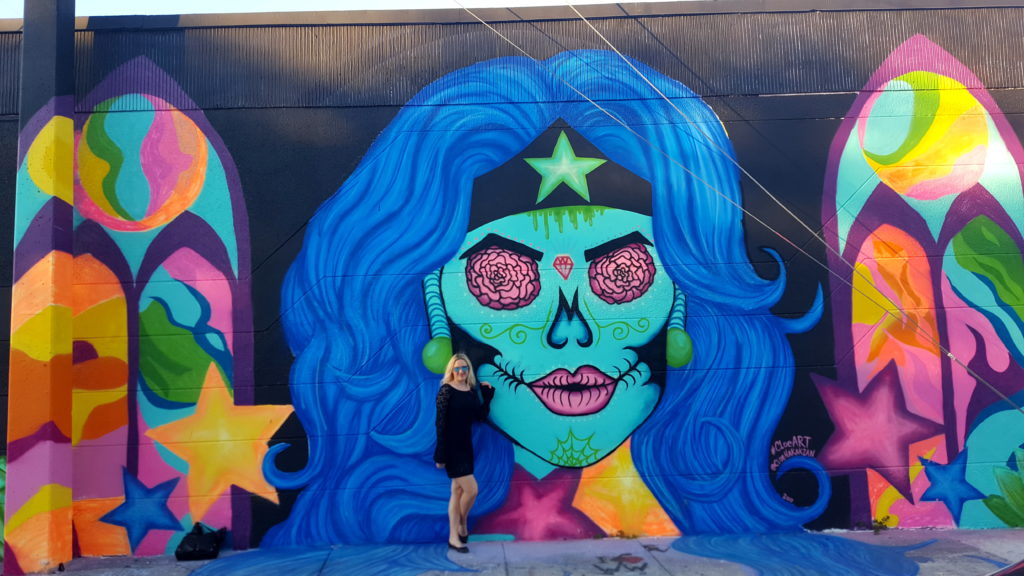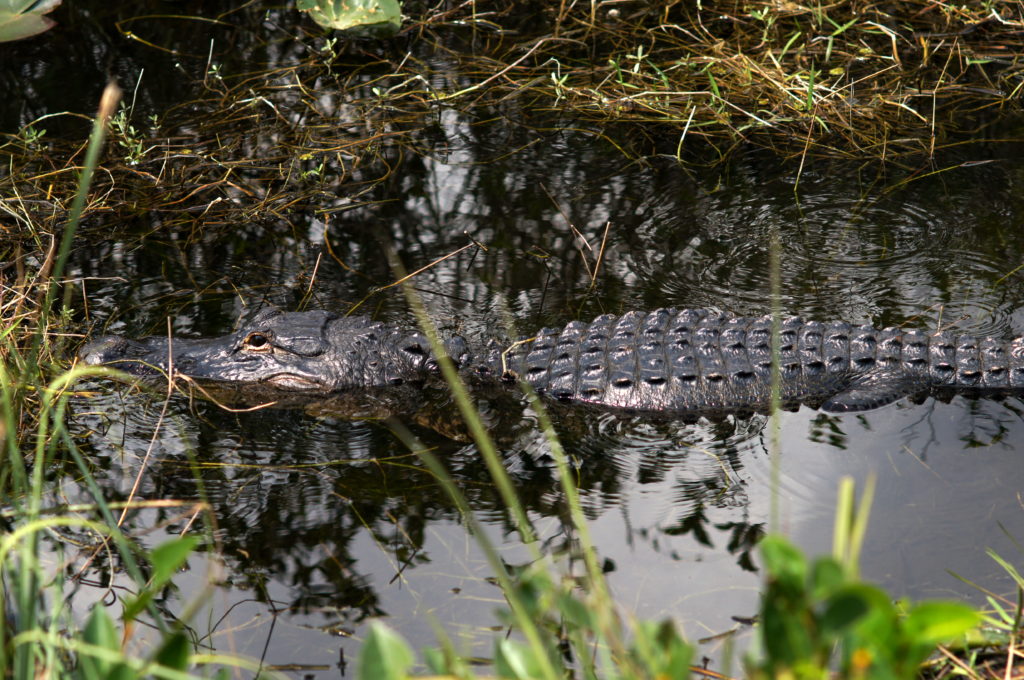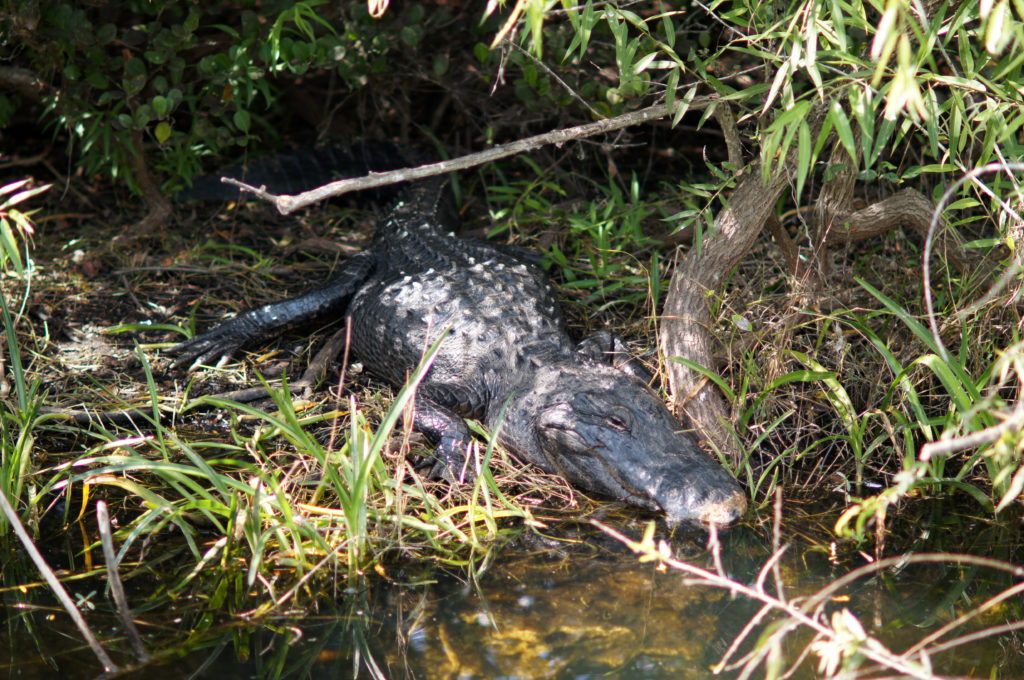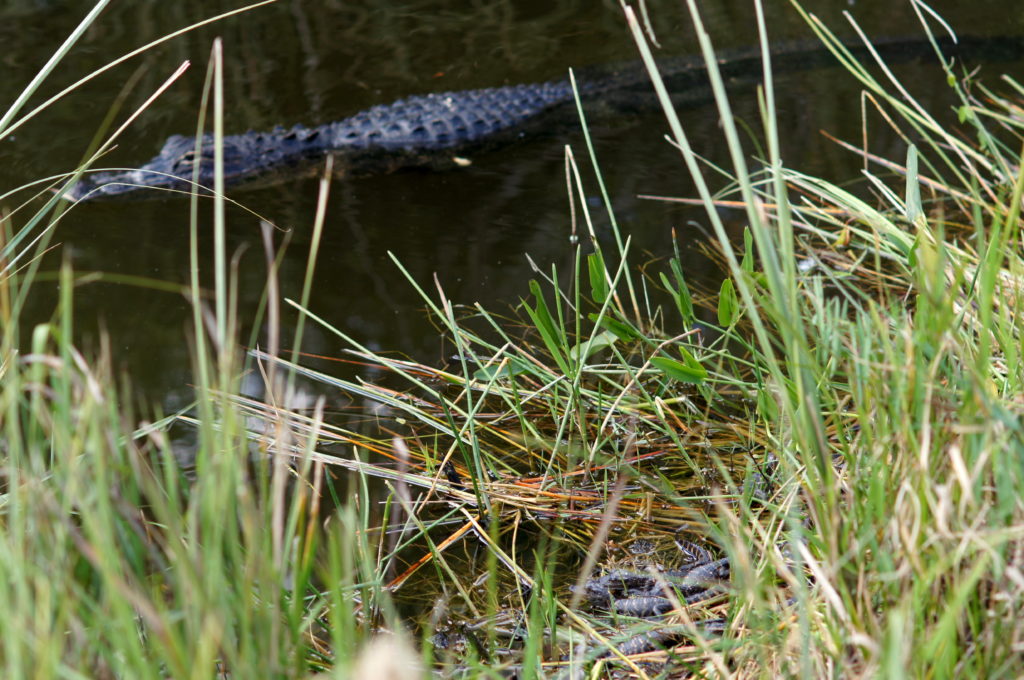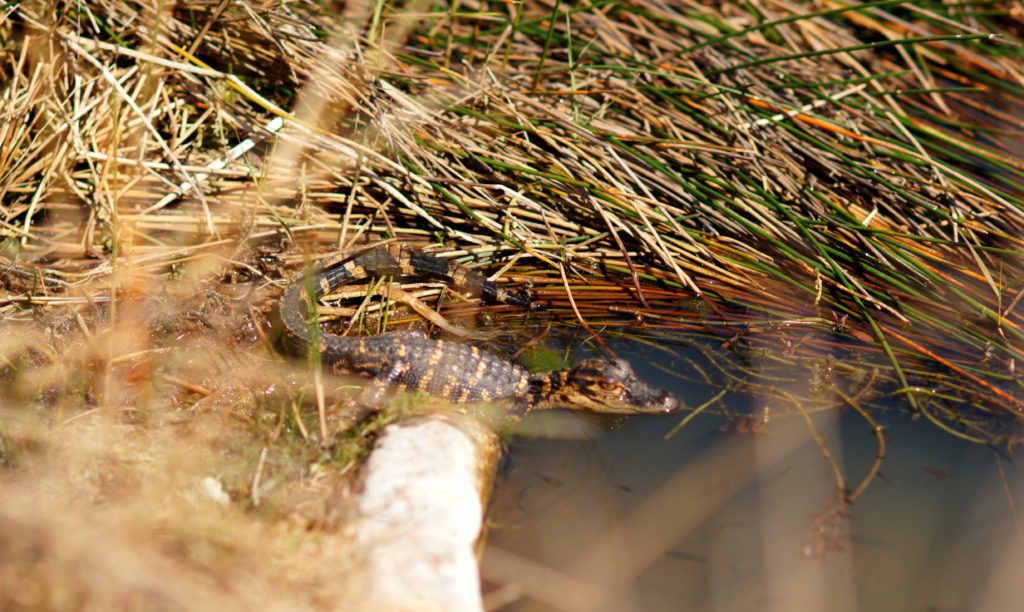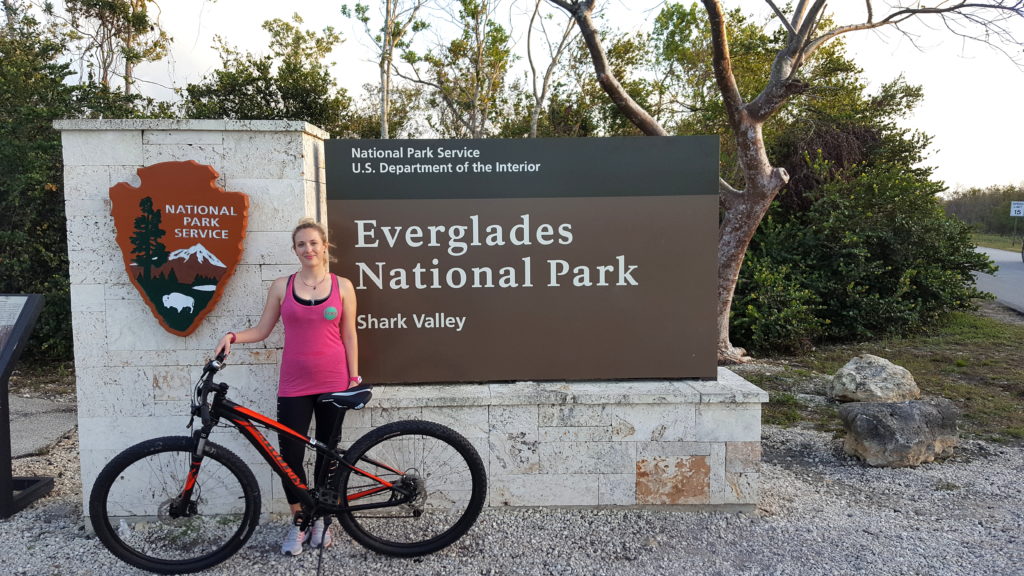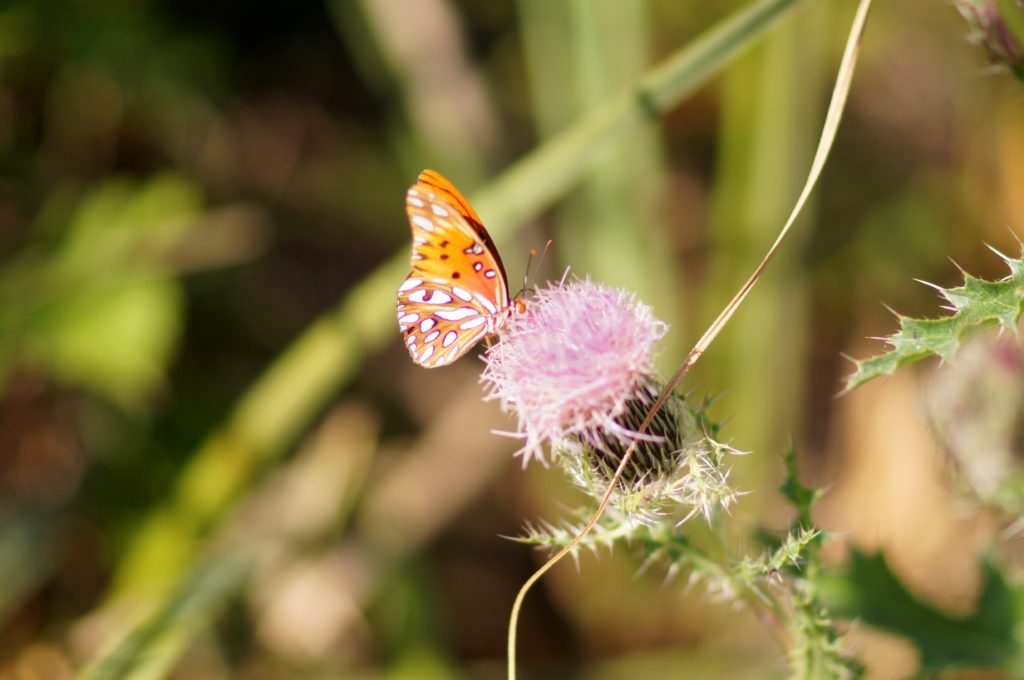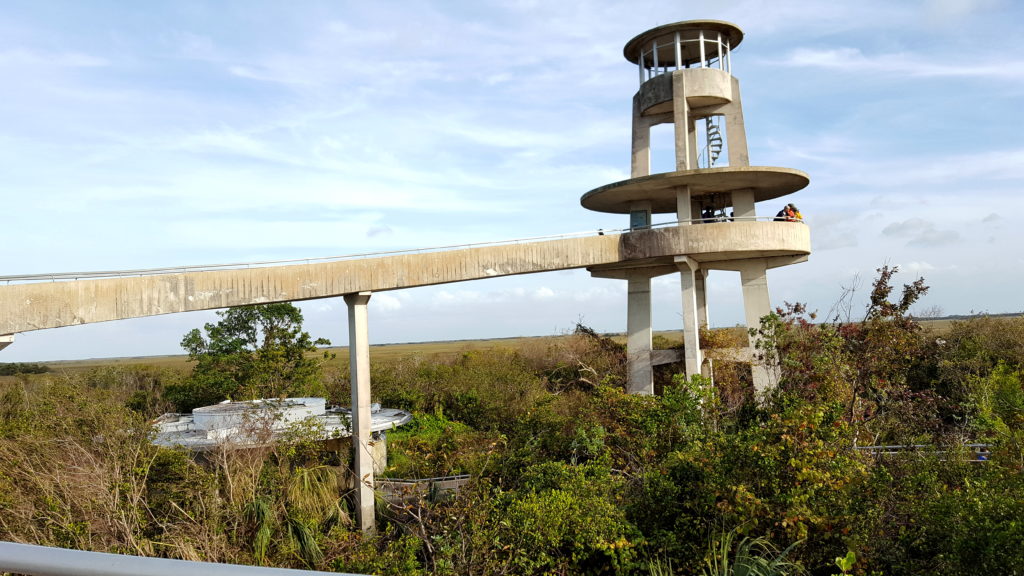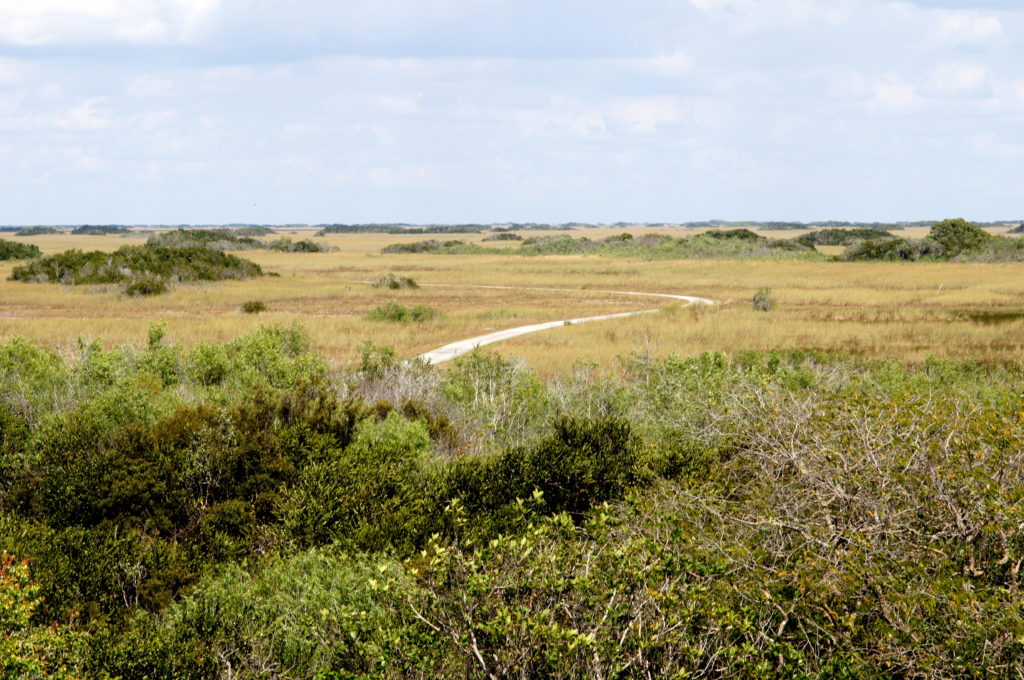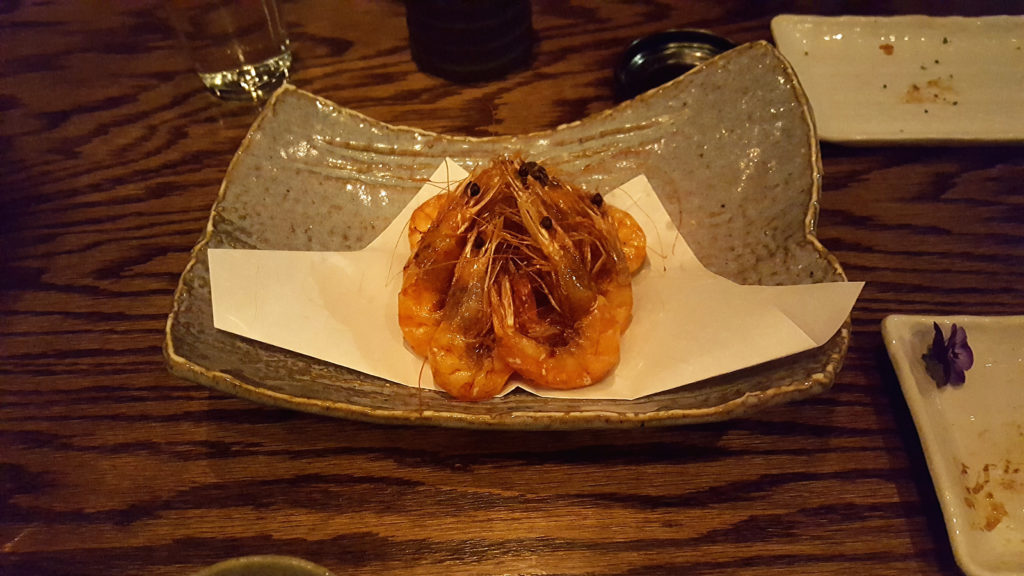
Raku’s Crispy Fried Shrimp Appetizer
Dining at Raku—a Japanese restaurant specializing in charcoal grilled foods, house-made tofu, and other Japanese fare—is a sensual food experience you don’t want to miss! Each bite ignites your taste buds and leaves you in culinary bliss. When the food arrives, life slows down, conversation stops, your attention shifts to the food; you savor and enjoy the delicacies served, then eagerly wait for the next course. It’s almost meditative—your mind focusing on the simple task of eating and enjoying the food set before you. Raku means comfort in Japanese and I can’t think of a more fitting name for a restaurant.
Compared to the glitz and glamour of many Las Vegas restaurants, Raku’s location—in a strip mall in Chinatown a couple of miles from the Las Vegas Strip—and atmosphere is unassuming. It’s a small, cozy restaurant with intimate seating. The focus is less on the surroundings than the food itself. When you enter the restaurant and taste the food, you will find yourself transported away from the hustle and bustle of Las Vegas and transported to a serene Japanese inn. If I had to recommend one restaurant you must go to in Las Vegas, I’d choose Raku. It’s hands down my favorite restaurant in Las Vegas.
Ordering the Omakase Menu at Raku Las Vegas Restaurant
During past visits to Raku, we ordered à la carte (which we loved), but this time we wanted to try the omakase—chef’s choice—menu, as it usually contains the restaurant’s best dishes and we wanted to see what the chef would select. Raku’s omakase menu varies nightly and is entirely up to the chef. You can select between two omakase options, one for $75 and one for $100 per person, both provide the same number of courses; however, the more expensive option features premium ingredients, such as blue fin tuna and caviar.
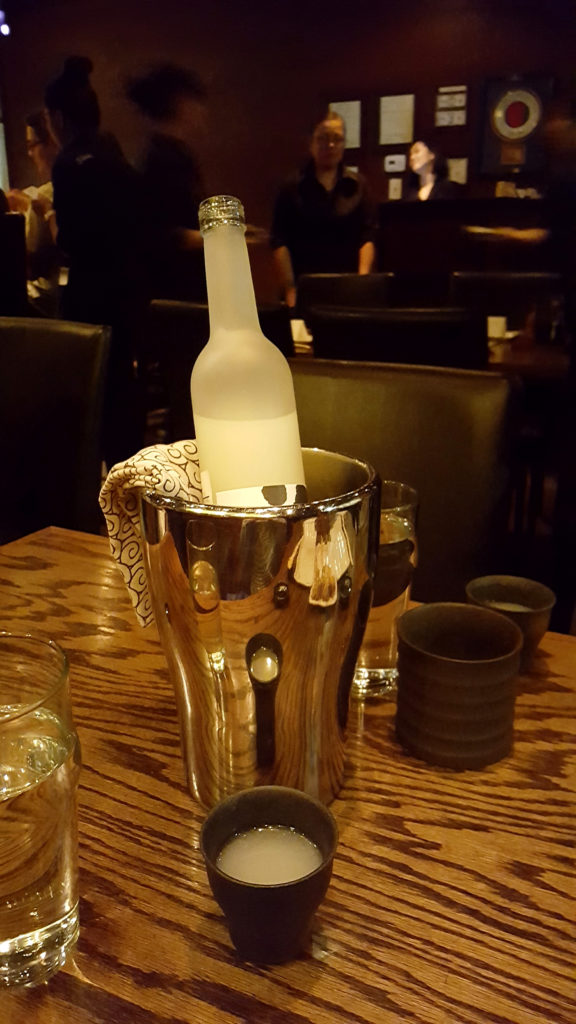
Bottle of Nigori (Unfiltered) Sake at Raku Restaurant in Las Vegas
To start the meal off, we ordered a bottle of nigori sake that had a milky, sweet taste. I was slightly disappointed that they no longer bring you an assortment of sake glasses to choose from. I really appreciated this in the past and thought it was a unique and personal way to serve sake. However, the sake glasses provided were robust stoneware and felt nice in the hands.
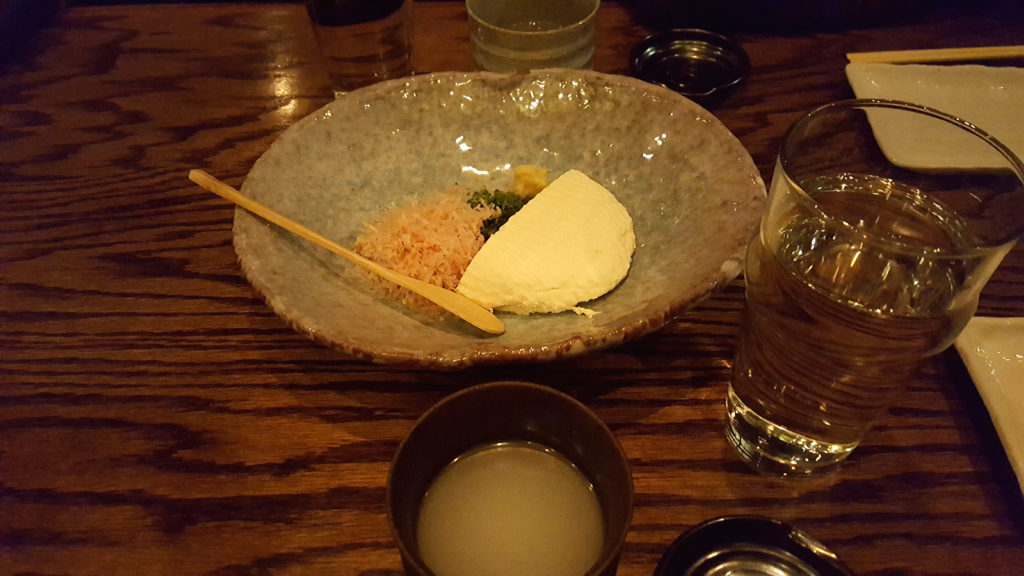
Raku’s Homemade Tofu with Bonita Flakes, Chives, and Ginger
The Raku omakase menu started off with their homemade tofu dish—plain tofu served with bonita flakes, chives, and grated ginger. Raku makes their tofu in-house and the texture is incredible; the consistency feels like cream cheese. The first bite they recommend having alone, so you can truly appreciate the freshness of the tofu. Then they recommend tasting it with the toppings as well as sprinkling a little of their green tea salt on top. This dish will transform the way you think about tofu—it’s like eating a fluffy, savory cheesecake. Truly delicious! If you’re ordering à la carte, make sure to try one of their signature tofu dishes.
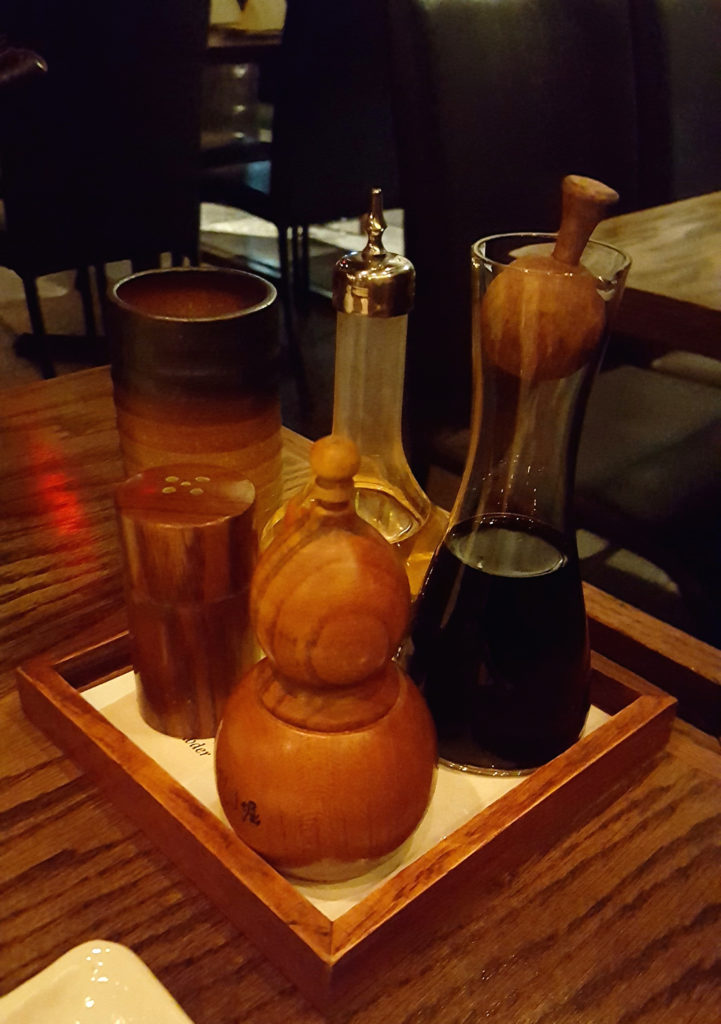
Raku’s Green Tea Salt, Koregusu (Okinawan hot sauce), Soy Sauce, and Shichimi (Japanese Spice Blend)
Part of what makes Raku Restaurant special is their attention to detail, from their homemade condiments to their carefully curated dishware. Everything has a purpose and adds to the dining experience.
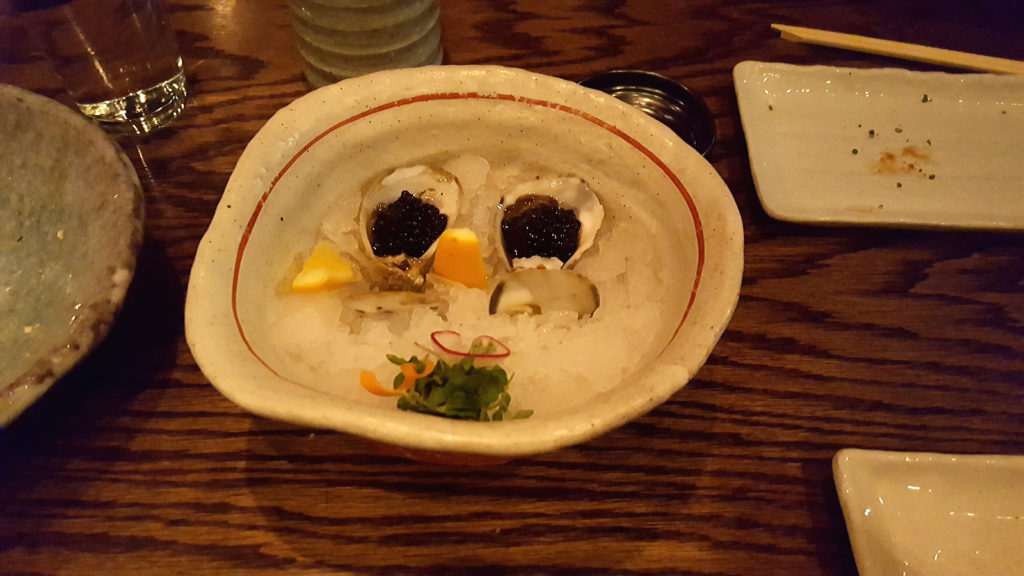
Mini Oysters with Sturgeon Caviar and Meyer Lemon at Raku Restaurant
Texture plays a prominent role in Japanese cuisine and is considered an important part of taste. Just like the first course’s texture tantalized the taste buds, this course played with texture as well. The oysters—long considered an aphrodisiac and luxury in many cultures—were topped with caviar. We slurped the oysters out of their shells, rolling the caviar along our tongues, savoring the saltiness of the caviar and the smokiness of the oysters. The oysters were very fresh, creamy, and smooth.
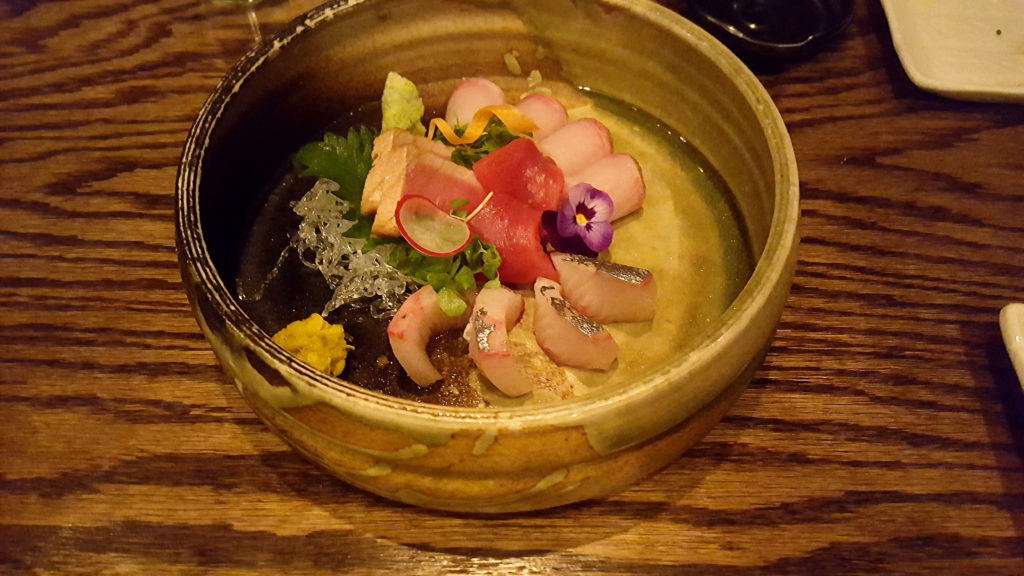
Sashimi with Pickled Chrysanthemum at Raku Restaurant in Las Vegas
Sashimi, slices of raw fish, factor heavily into Japanese cuisine, as does seafood in general. The chef chose to serve us 4 types of sashimi as part of our omakase menu: seared blue fin tuna (incredibly smoky and full of umami flavor), raw blue fin tuna (very pleasing and fresh), crevalle jack (creamy and fatty, without being greasy), and amberjack (pleasant tasting, but not as good as the crevalle jack). The pickled chrysanthemum served as a palate cleanser, and was different from the pickled ginger normally served alongside sushi. The presentation was colorful and artfully arranged—glistening silver skin, the pink flesh of the tuna, a lemon curl, a transparent radish slice, a purple pansy.
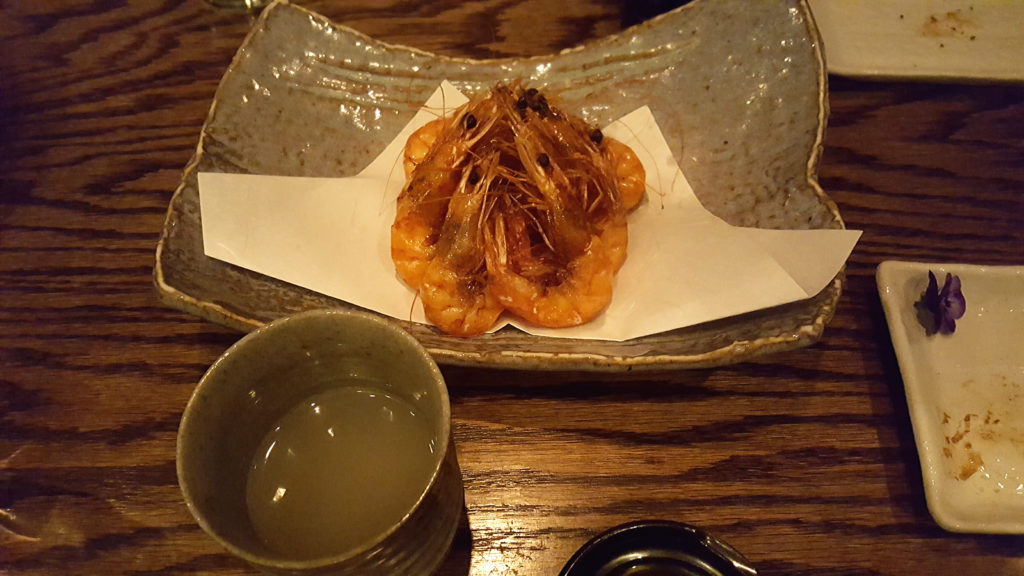
Raku’s Crispy Fried Shrimp Appetizer (an à la carte item)
These shrimp were not on the omakase menu, but we couldn’t go to Raku and not order them! Ever since we had these shrimp, the very first time we dined at Raku, we have been looking for restaurants that served them. They’re crispy and delectable, and one of our favorite dishes. This time, we added a little of their hot sauce and chili-spice powder to the shrimp and quickly devoured them.
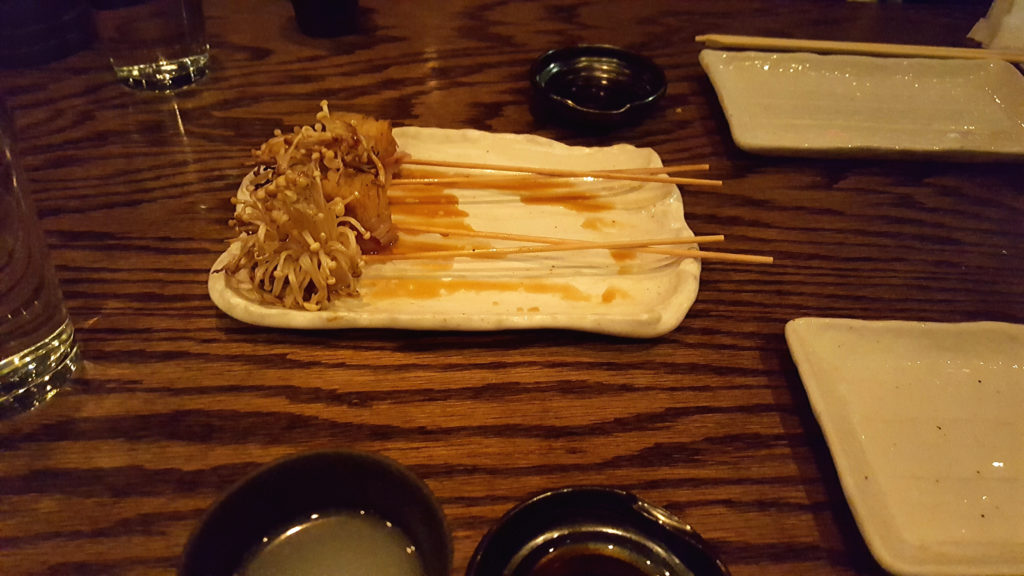
Bacon-Wrapped Enoki Mushrooms with Ponzu Glaze at Raku Las Vegas Restaurant
After the crispy shrimp, the meal transitioned to the robatayaki—fireside cooking or foods cooked over hot coals. First we served bacon-wrapped enoki mushrooms with a ponzu glaze. The bacon was a surprising feature since bacon isn’t often used in Japanese cooking. In fact, I don’t think I recall ever seeing bacon while in Japan, except maybe at a buffet breakfast that served Japanese and Western foods. However, the use of bacon in this dish worked wonders. These were the crispiest, smokiest enoki mushrooms we’ve ever had.
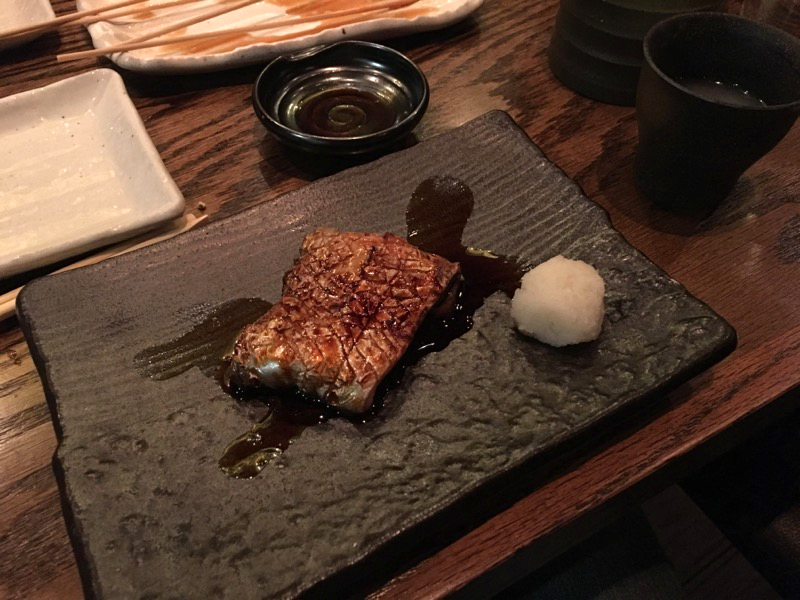
Beltfish in Soy Glaze with Shaved Daikon Radish at Raku Las Vegas read more
